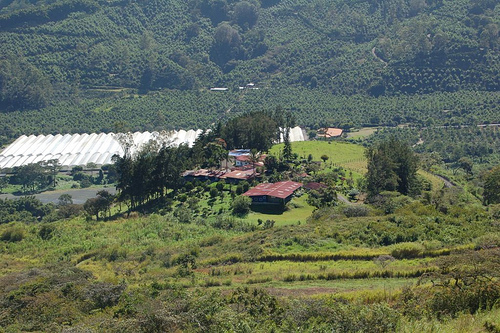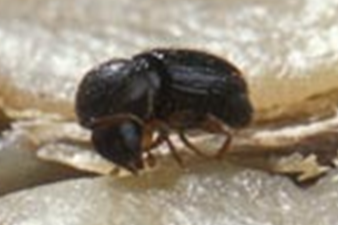Today’s featured #SciFund Challenge project is Preserving Wildlife to Benefit Farmers by the Center for Conservation Biology at Stanford University.

How do we save the threatened species of this planet? In my opinion, this is the absolutely toughest conservation problem in the world because the place with the most threatened species – the tropics – is also the place with the highest concentration of poor people. In country after country, persistent poverty makes it very difficult to do very much for conservation at all.
It turns out that there is a really neat answer to this conservation conundrum, according to the good folks at the Center for Center Conservation Biology (including my awesome doctoral advisor Gretchen Daily and the tireless Danny Karp who also shows up in the video for the Species in Peril project). A huge proportion of area in the tropics is farmland. What if this farmland could do double-duty: improving livelihoods of the poor while also sustaining threatened species?
Sound too good to be true? Well, in study after study, the biologists at the Center have found that there is a huge zone of win-win scenarios for people and wildlife in agricultural areas.

Take the case of the coffee berry borer. It is a huge agricultural pest in coffee-growing regions all over the world. In Costa Rica, Center researchers are finding that when native birds remain in coffee farms, they eat a giant number of these beetles, saving coffee growers from economic collapse.
It is an incredible good news story, showing how saving threatened species can also be good news for protecting the most threatened people. But a lot of research still remains to be done. How much exactly do native birds improve livelihoods? How much habitat needs to be preserved for the birds to remain? Check out Preserving Wildlife to Benefit Farmers and let’s get the answers!


